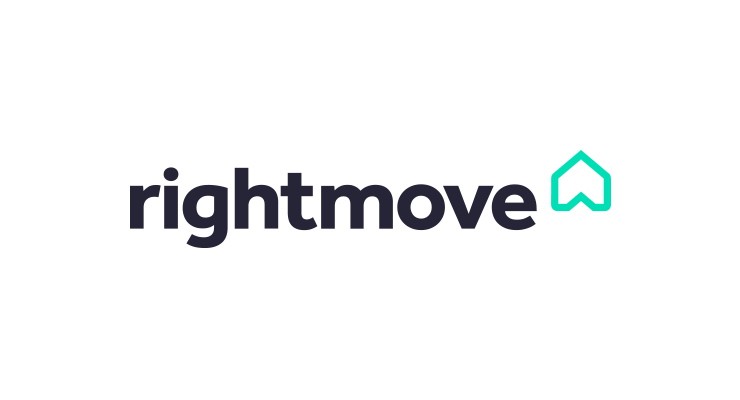Wheelchair Accessibility at the Workplace: Your Duties and Responsibilities
When it comes to the issue of access to houses and office buildings, it is important that estate agents, landlords and business owners are aware of the requirements. With this in mind, we have created this short guide introducing and giving an overview of the subject. We will begin with the relevant law.
Government Legislation: The Equality Act 2010
The Equality Act 2010 is legislation which was introduced to prevent discrimination in the workplace and in our wider society. It states that a person has a disability if:
- He or she has a physical or mental impairment;
- The impairment has a long-term and substantial negative effect on his or her ability to carry out everyday activities.
Included in this legislation is the stipulation that properties have to meet certain standards with regards to access for disabled people. It also states that it is illegal for a building owner to discriminate against disabled people.
Although the Equality Act 2010 doesn’t cover Northern Ireland, a similar piece of legislation is in place for this part of the UK, following comparable principles and offering similar protections.
Property Compliance Considerations
There is much variety when it comes to property types. It should also be noted that the severity and nature of disabilities can vary. With these two points in mind, it can be seen that not every building has to make the same provisions. However, wheelchair access is one of the most prevalent forms of compliance, which is why we are focusing on it for this article.
Ways to Provide Wheelchair Access
As mentioned above, wheelchair access is an all-important consideration when it comes to complying to the Equality Act 2010. Buildings need to be accessible to wheelchair users and to wheelchair adapted vehicles, such as those from Allied Mobility. Some of the ways in which wheelchair access can be provisioned for includes:
- Solid and level approaches to the property for wheelchairs and wheelchair adapted vehicles;
- A ramped approach or another level to the main entrance;
- Entrance widths wider than 750 mm to allow for wheelchairs;
- Switches and handles set at heights ranging from 750 mm to 1,200 mm;
- Ground-floor bathrooms with DDA-compliant toilets, washing facilities and showers installed.
From this list it’s clear that there is much that business owners and landlords can and should do to protect tenants and allow for wheelchair access. Changes like these often aren’t optional but are required by legislation. However, by making a building wheelchair accessible, you aren’t just complying with the law but creating a more welcoming and inclusive environment.






